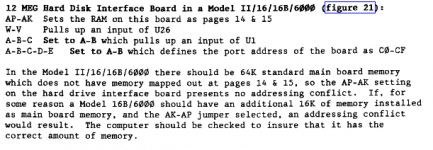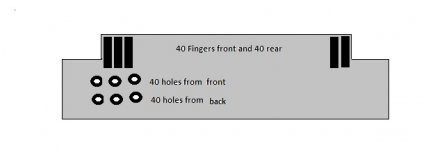TRS-Ian
Veteran Member
Gentlemen,
The aim here is to see who can get a modern digital storage device working on these machines... I am most familiar with FreHD so that is why I look at the problem from that angle, however I have much respect for Hans01's work with the Cheapo-IDE and if that is the best angle for him to work from then I encourage him in his work. Its very possible that if Cheapo-IDE can be made to work, the solution will be a lot less expensive than a FreHD solution.
Hans if you need anything from me to get started, let me know.
@lowen, that's great to hear about the HDINTRQ, let me run it by Fred and Andrew.
Cheers,
Ian.
The aim here is to see who can get a modern digital storage device working on these machines... I am most familiar with FreHD so that is why I look at the problem from that angle, however I have much respect for Hans01's work with the Cheapo-IDE and if that is the best angle for him to work from then I encourage him in his work. Its very possible that if Cheapo-IDE can be made to work, the solution will be a lot less expensive than a FreHD solution.
Hans if you need anything from me to get started, let me know.
@lowen, that's great to hear about the HDINTRQ, let me run it by Fred and Andrew.
Cheers,
Ian.




